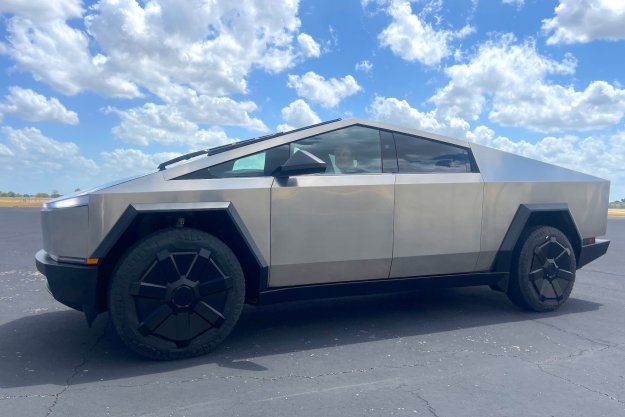The Ground X-Vehicle Technology (GXV-T) program is meant to counteract the rising cost of developing and deploying military vehicles by applying more technology to their design. For now, the goal is not to develop a new combat-ready vehicle, but rather to develop technologies that could be applied to such vehicles.
Organizations awarded contracts are a mix of established defense contractors and research institutes. Corporate entities include Raytheon, Honeywell International, Leidos, U.K. defense firm QinetiQ, and Pratt & Miller (which also happens to run the Corvette Racing team for General Motors). Also onboard are Carnegie Mellon University, the Southwest Research Institute, and SRI International.
“We’re exploring a variety of potentially groundbreaking technologies, all of which are designed to improve vehicle mobility, vehicle survivability, and crew safety and performance without piling on armor,” Major Christopher Orlowski, DARPA program manager, said in a statement. Adding armor is the most straightforward way to protect soldiers in a vehicle, but it forces comprises in performance, fuel efficiency, and deployment costs.
The GXV-T program will focus on four main areas. “Radically Enhanced Mobility” calls on engineers to develop new wheel/track and suspension technology to enhance off-road ability and allow for higher top speeds. “Survivability through Agility” asks for autonomous capabilities, specifically the ability to reposition armor on the fly. “Crew Augmentation” also focuses on autonomous capabilities, including semi-autonomous driving. Finally, “Signature Management” is about making vehicles harder to detect, be it through visual, infrared, acoustic, or electromagnetic means.
DARPA did not discuss a timeline for unveiling the results of GXV-T program, but said the U.S. Army and Marine Corps have both expressed interest in the technologies the program is intended to develop.


